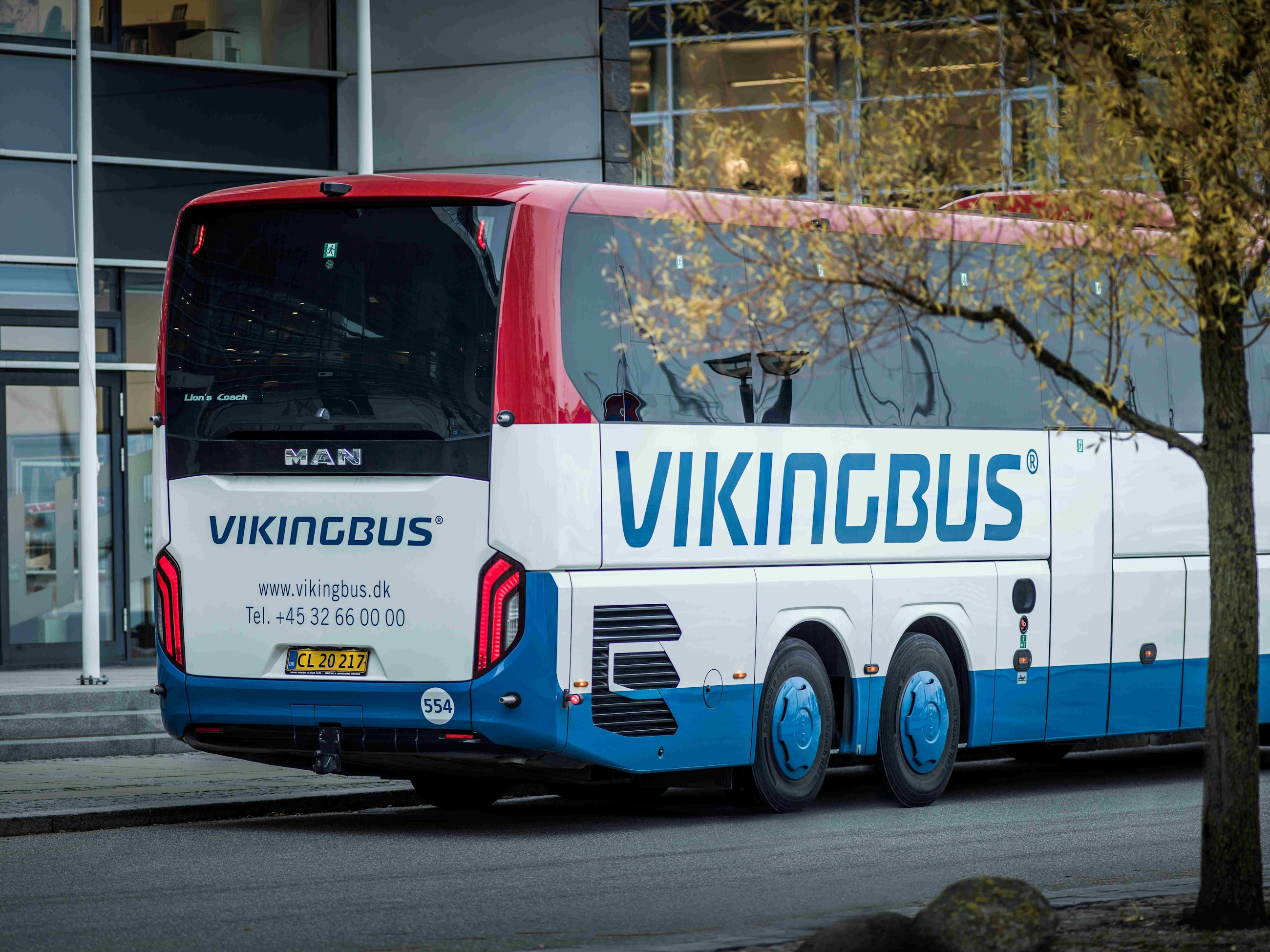The crucial role of operations and supply chain in post-merger integration
13 October 2022
Within mergers and acquisitions, we see well-documented challenges associated with the full realisation of expected value. However, what is not always understood is that deal value primarily fails to materialise because of due diligence and operational integration issues1; but fortunately, these causes of failure also indicate that we can manage the issues. Thorough due diligence efforts and robust post-merger integration efforts, keeping operations and supply chain activities in focus, are a major driver to realising the full synergies of the merger, and this is easily within the influence of company management.
Four must-win battles of post-merger integration
You may recognise this scenario: The deal is closed, people are excited. It feels like the process has gone well, and expectations for the new combined company are high. But then … issues begin to emerge – issues that somehow were never highlighted during the due diligence phase. Cracks begin to appear in the promised synergies, the expected savings no longer appear solid … and the new combined management team suddenly seems more divided than aligned. Things just aren’t lining up the way they were promised.
Why does this scenario continue to happen? It’s always unexpected, but it’s never an accident. M&A is one of the greatest levers for value creation available to management, but while the deal frequently gets the bulk of the attention, the post-merger integration effort is unfortunately often an afterthought and a primary cause of unfulfilled expectations. To avoid this situation, NewCo. leadership must ensure that two core business areas are consistently managed as a core part of the post-merger integration effort: operations and supply chain – the two greatest levers for ensuring value delivery in M&A.
Specifically, NewCo. leadership should focus on executing the following four “must win battles” flawlessly:
1. Defining and implementing the future operating model for the supply chain successfully
The operating model of NewCo. underlies much of the success to be achieved from M&A, and although it varies by industry, supply chain is often responsible for up to half of the expected synergies from the deal. During post-merger integration, there is frequently a bias toward speed; but top management should not neglect that it may require careful alignment of the supply chain operating model (including people, processes, and/or structure) to harvest the promised value of the deal. Robust change management underpins at least 50% of the success in post-merger integration; therefore, it is key to maintain an ongoing focus on people and processes.
To drive the right behaviours across NewCo., we need to keep these three steps in mind:
- Create a compelling vision for each of the functional area’s contribution to the overall business targets, including merger targets. Focus on impact creation and minimise noise where possible.
- Involve NewCo.’s functional management teams in defining the new end-to-end supply chain operating model, from sourcing to delivery, and develop a plan for realistic stepwise implementation and integration. Accept interim solutions where needed.
- Perhaps most importantly … identify critical capabilities needed to successfully implement the new operating model as well as the gaps in the current capabilities. Reach agreements concerning items needed to close the gaps and be willing to invest in building or acquiring capabilities where needed.
2. Ensuring the best use of the combined manufacturing and distribution assets of NewCo.
Done properly, the manufacturing and/or distribution decisions of NewCo. will be major value drivers during post-merger integration. They are readily recognisable and easily assessed during the due diligence process, often making them a prominent portion of the deal thesis. However, while they are visible and easily quantified (relatively speaking), the potential benefits will often be realised over a mid- or even long-term horizon, particularly within manufacturing. They also come with specific risks: potential restructuring costs, ensuring productivity and quality, and limited flexibility to change the strategy once it’s sanctioned. Fortunately, the typically longer time horizon also means additional time post-close to test assumptions, to involve stakeholders on both heritage sides of NewCo., and to lay out a solid plan (with appropriate intermediary steps) prior to taking action.
Top management should avoid the excessive urgency sometimes associated with the integration effort, ensuring instead that these decisions are well-founded. They should also keep in mind that decisions, or rather a lack thereof, on NewCo.’s future combined product offerings will often hinder asset realisation and optimisation within their manufacturing. Therefore, top management should focus on a combined view of value from the product and platform offering, both from a commercial and operational perspective, to ensure that operational benefits are not overlooked.
3. Ensuring that best operating practices from both entities’ operations and supply chain are captured and incorporated into the new way of working
In many acquisitions, the target company’s operating practices are set aside during the integration process, with little thought about how and where they may be better. But this is folly since the target company may have processes and practices that are leaner, smarter or otherwise worthy of being maintained in NewCo. After all, the attractiveness of the target often stems from a solid operating model; so why throw it all out?
Top management must not fall into the trap of thinking that, by default, the acquiring company has superior practices. Instead, they should set an expectation early in the post-merger integration effort that NewCo. wants best-of-breed operating practices, regardless of their heritage. This must then be backed up by demanding that key business assets, processes etc. are understood and assessed with clarity in order to determine what will be maintained and what will be mothballed. As the best operating practices are identified, make a point of communicating what is being kept and why, so that the new organisation can see that it’s not about where the practice came from, only about what’s best for NewCo.
4. Rigorously validating expected synergies; ensuring escalation path so any gaps are quickly identified and addressed
The nature of the due diligence process means that we crunch a lot of data in a short period of time. Data frequently comes in different formats, which are not readily comparable; assumptions will be made to establish revenue and cost synergies associated with the deal, often without the input from the internal functions that best know the content. If the due diligence process has been robust, those assumptions would have been prepared with adequate knowledge of the industry dynamics and business operations, so while the assumptions may not be perfect, the identified synergies will at least be directionally correct. But this should not be assumed – it should be rigorously validated.
We should review each bucket (set of synergies) to test: a) the data used for constructing the sales or spend baseline(s) to ensure volumes have not been overstated, and b) the assumptions used in estimating the impact of the merger – were they specific to each bucket in question or were they a blanket percentage of the revenue or spend? Further, if they were specific (which they hopefully were), then is the timeline for the expected benefit consistent with the activities involved to realise it?
Keep in mind that “technical” synergies (those requiring alignment of processes or engineering practices) can be substantial but will take much longer to realise than procurement-oriented synergies stemming from aligning contract terms or leveraging the greater spend of NewCo. Make sure that those roles closest to business processes and with the best grasp of how the synergies will be achieved are part of this process, whether they are operations, supply chain or technical staff. As this validation is undertaken, ensure that a clear escalation process exists to highlight any significant deviations that are identified to the IMO, so they can action them accordingly and incorporate them into the ongoing integration effort.
In the end, successful value realisation from mergers and acquisitions is not magic or rocket science. It is about pressure testing assumptions, robustly managing the core business processes of operations and supply chain, and – once the deal is done and the glamour has subsided – diligently executing the related integration points in NewCo. Challenging to say the least, but fortunately entirely within the influence of the top management team.
References
1 Implement Consulting Group (2016): Implement Consulting Group pan-Nordic M&A with Impact survey 2016.




